
This year’s annual US SGRT Community Meeting, “Reaching New Heights with SGRT”, was our biggest meeting yet, bringing together over 250 passionate professionals from around the world to explore the expanding impact of SGRT. With a strong focus on innovation and clinical integration, the 2025 meeting highlighted how SGRT continues to transform radiation therapy practice.
Presentations spanned a wide array of topics, including SGRT’s benefits in proton therapy, integration into adaptive workflows, advancements in surface-guided planning, and practical strategies improving clinical efficiencies.
One of the standout additions to this year’s agenda was the site visit to AdventHealth Parker. Met with great enthusiasm, attendees had the rare opportunity to witness the full Sim–Plan–Treat–Dose workflow live in a clinical environment – an experience that brought the power of SGRT to life. Equally impactful was the dedicated proton therapy session, which highlighted how SGRT improves accuracy, efficiency, and patient comfort in proton treatments.
As always, the meeting provided a vibrant space for peer-to-peer learning, collaboration, and open discussion. With each session and conversation, the SGRT Community moves closer to a shared goal: maximizing SGRT’s potential to advance patient care.
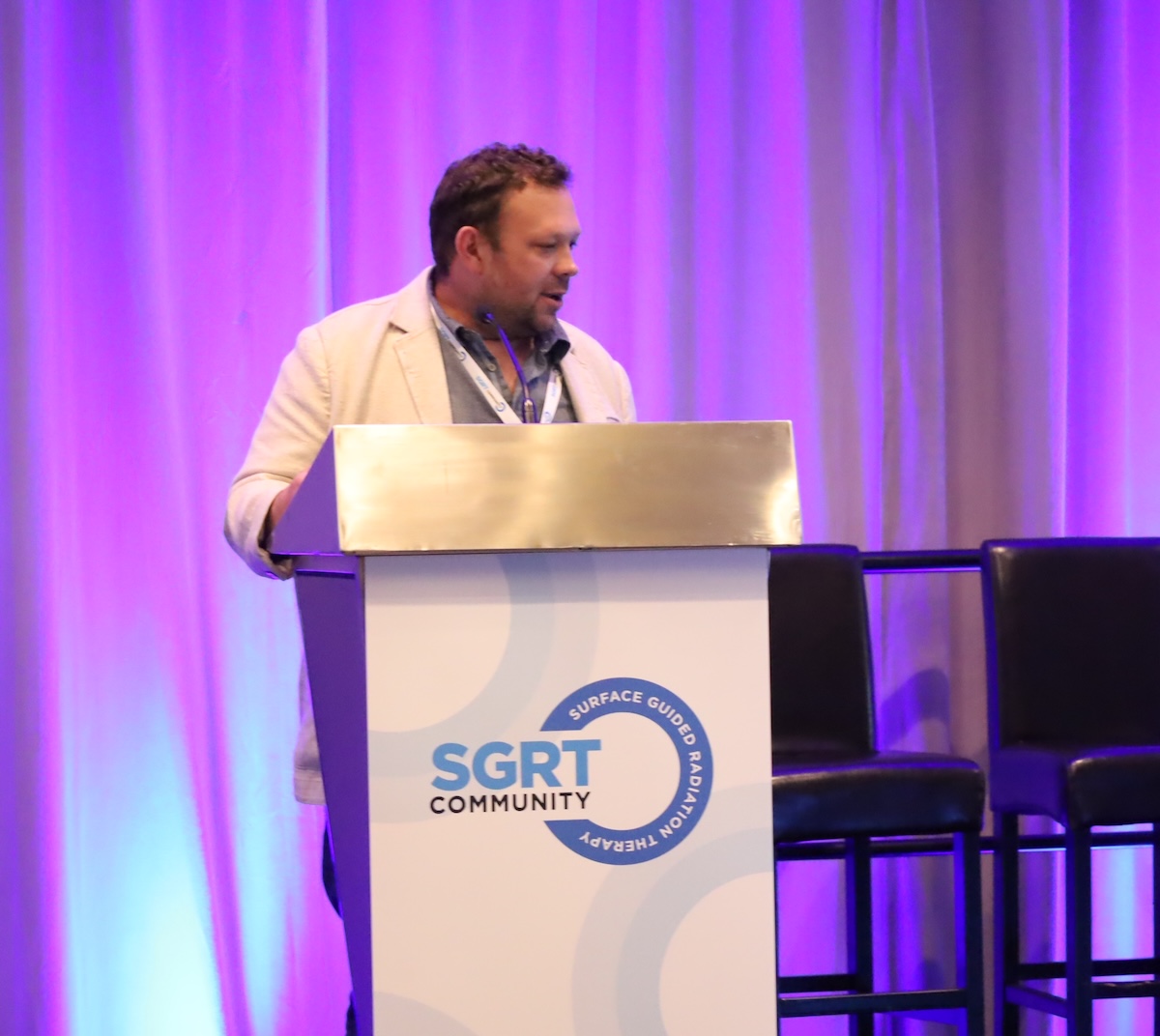
KEYNOTE PRESENTATION
Matt Spraker, MD
“It really is a patient-centered advancement that improves quality of life,” shared Matt Spraker, MD, of AdventHealth Parker, as he discussed SGRT’s expanding role beyond motion management. Dr. Spraker outlined the broad applications of SGRT – from cardiac sparing with DIBH, to the use of open-face masks, and enabling precise multi-target SRS, emphasizing that SGRT not only maintains expected cancer outcomes but also enhances patient quality of life. He concluded by highlighting the value of integrating SGRT throughout the treatment workflow, noting that the consistency it brings at every step contributes to significant safety benefits.
Clinical Experience with Non-coplanar Treatments
Kiran Kumar, MD
Kieran Kuma highlighted the clinical benefits of non-coplanar treatments across a range of indications, including lymphoma, breast, and head & neck cancers. He emphasized that non-coplanar techniques can significantly reduce radiation dose to nearby organs at risk (OARs), while maintaining, or even improving target coverage. One study he referenced showed that, compared to coplanar VMAT, non-coplanar VMAT significantly reduced dose to critical OARs such as the parotids, larynx, pharynx, oral cavity, brainstem, and spinal cord.
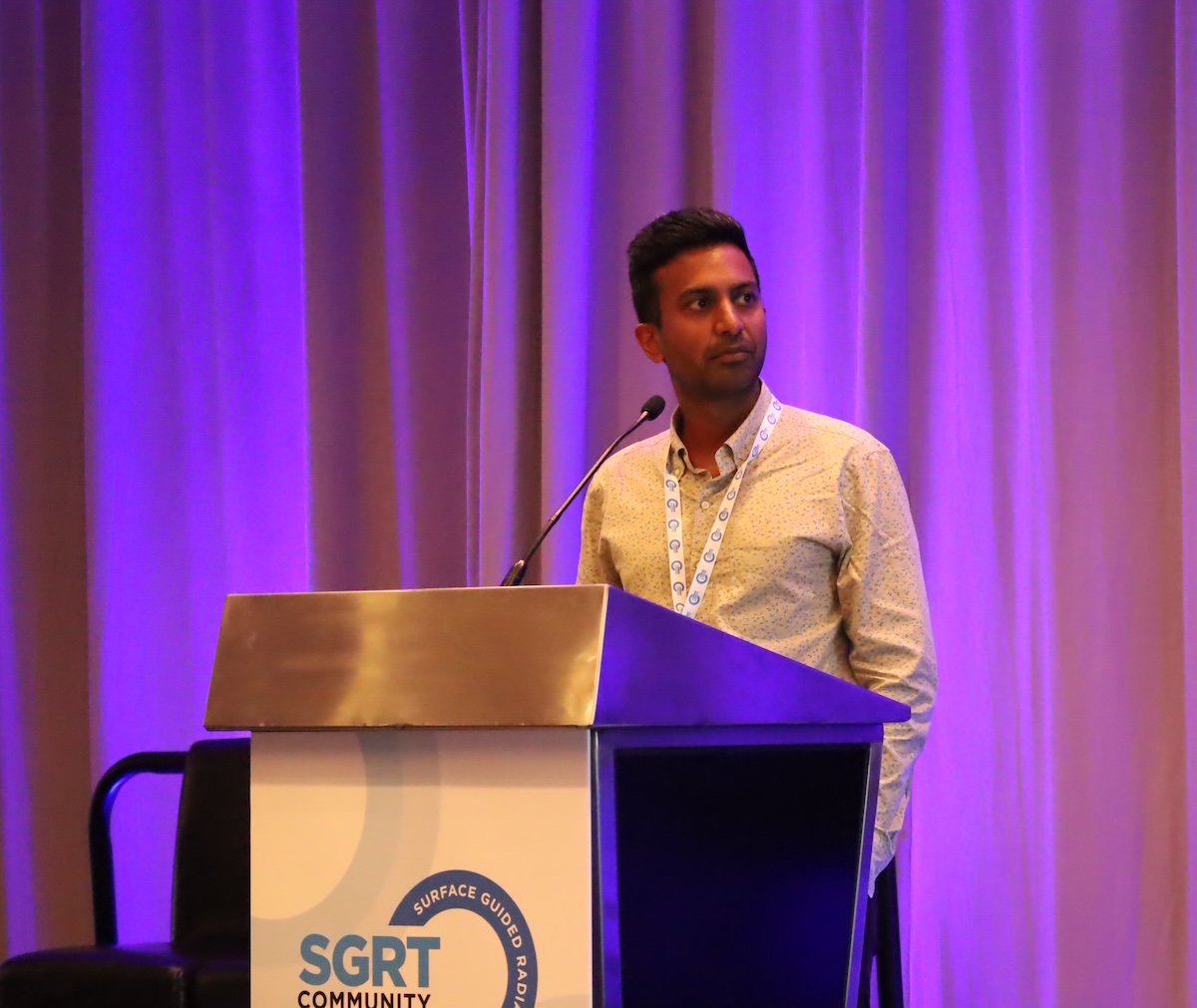
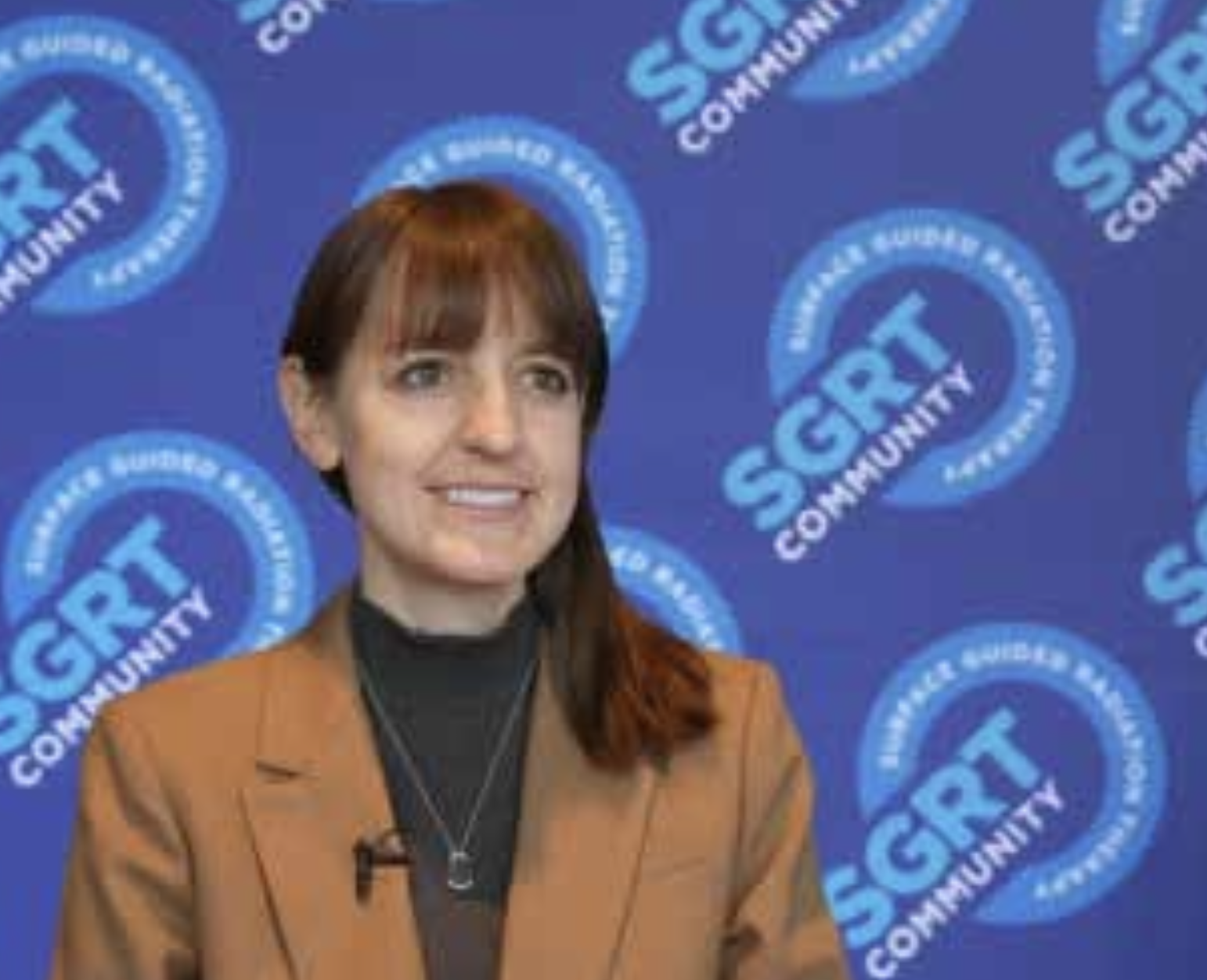
Using Cherenkov Imaging and Scintillation Dosimetry to Quantify Contralateral Breast Dose in Breast Radiotherapy Treatments: The EDUCATE Trial
Allison Matous, MD
Allison Matous, MD, Resident at Dartmouth Cancer Center, shared compelling findings highlighting that contralateral breast dose (CBD), may be significantly under-appreciated. Matous’s study utilized Cherenkov Imaging to systematically analyze instances of CBD and their research revealed a powerful insight: over 40% of breast treatments showed measurable CBD. This initial data drew attention to the potential undetected CBD and suggested minimizing CBD for women under 50 years of age to less than 1 Gy to help prevent subsequent radiation-associated contralateral breast cancers.
Maskless Head & Neck Treatments
Danae McCarthy, RT(T)
Danae McCarthy from Cleveland Clinic delivered an outstanding presentation detailing her clinic’s journey towards maskless head and neck treatments. Initially driven by the need to accommodate patients with severe claustrophobia, the team explored maskless treatment approaches out of necessity, ultimately reshaping their workflow. The transition not only addressed patient comfort but also led to notable clinical benefits, including reduced treatment times, decreased exposure from repeated CBCT imaging, elimination of waste associated with thermoplastic masks, and improved treatment accuracy and safety.
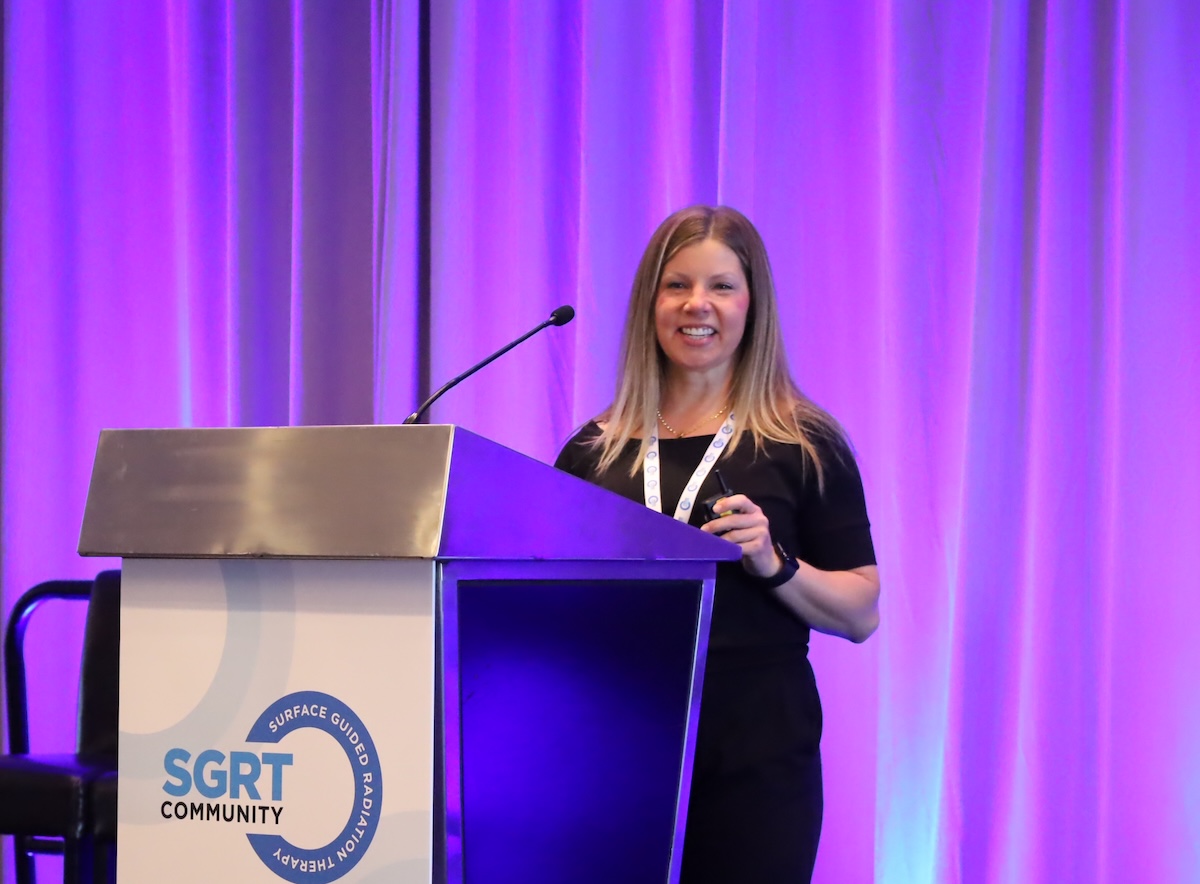
Site Visit to AdventHealth Parker
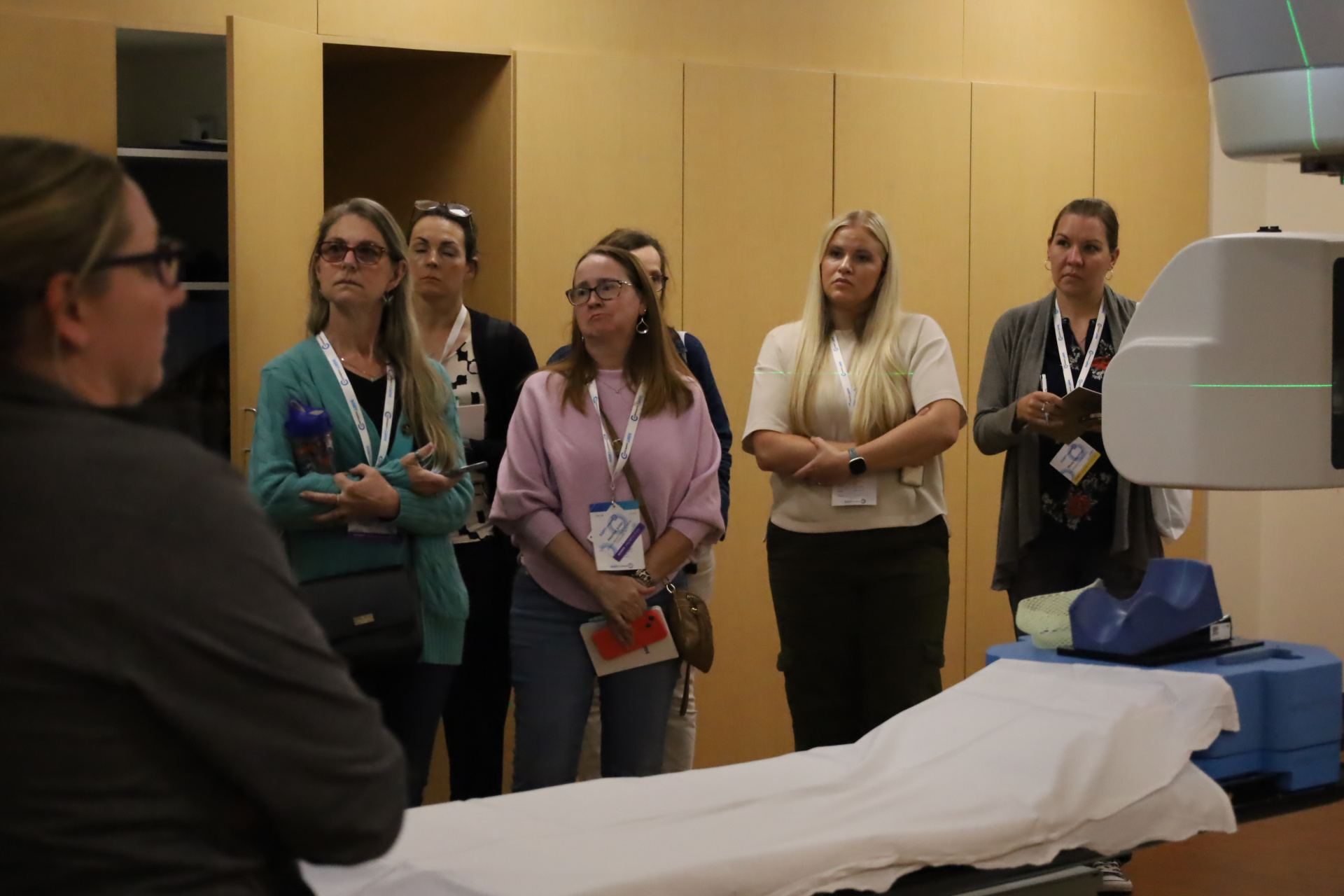
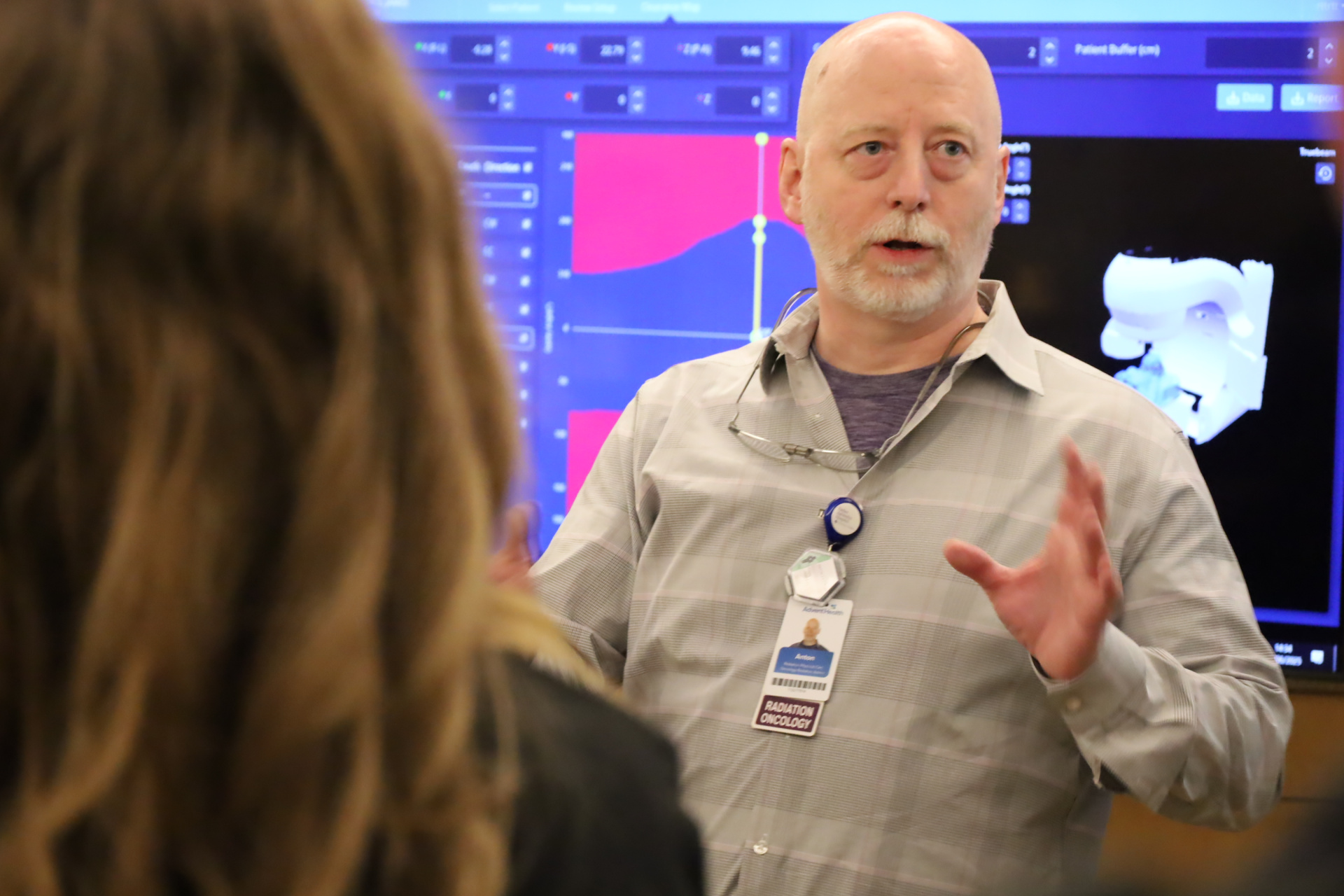
One of the most highly anticipated additions to this year’s meeting was the exclusive site visit to AdventHealth Parker. This was a unique opportunity to see SGRT integrated at every stage of the radiation therapy process. Attendees experienced the full Sim–Plan–Treat–Dose workflow in a live clinical setting, witnessing how SGRT is used in real-time to enhance precision, streamline care, and improve patient comfort. This immersive experience not only showcased the technology’s impact but also reinforced its growing role in advancing patient-centered care across a wide range of treatment scenarios.
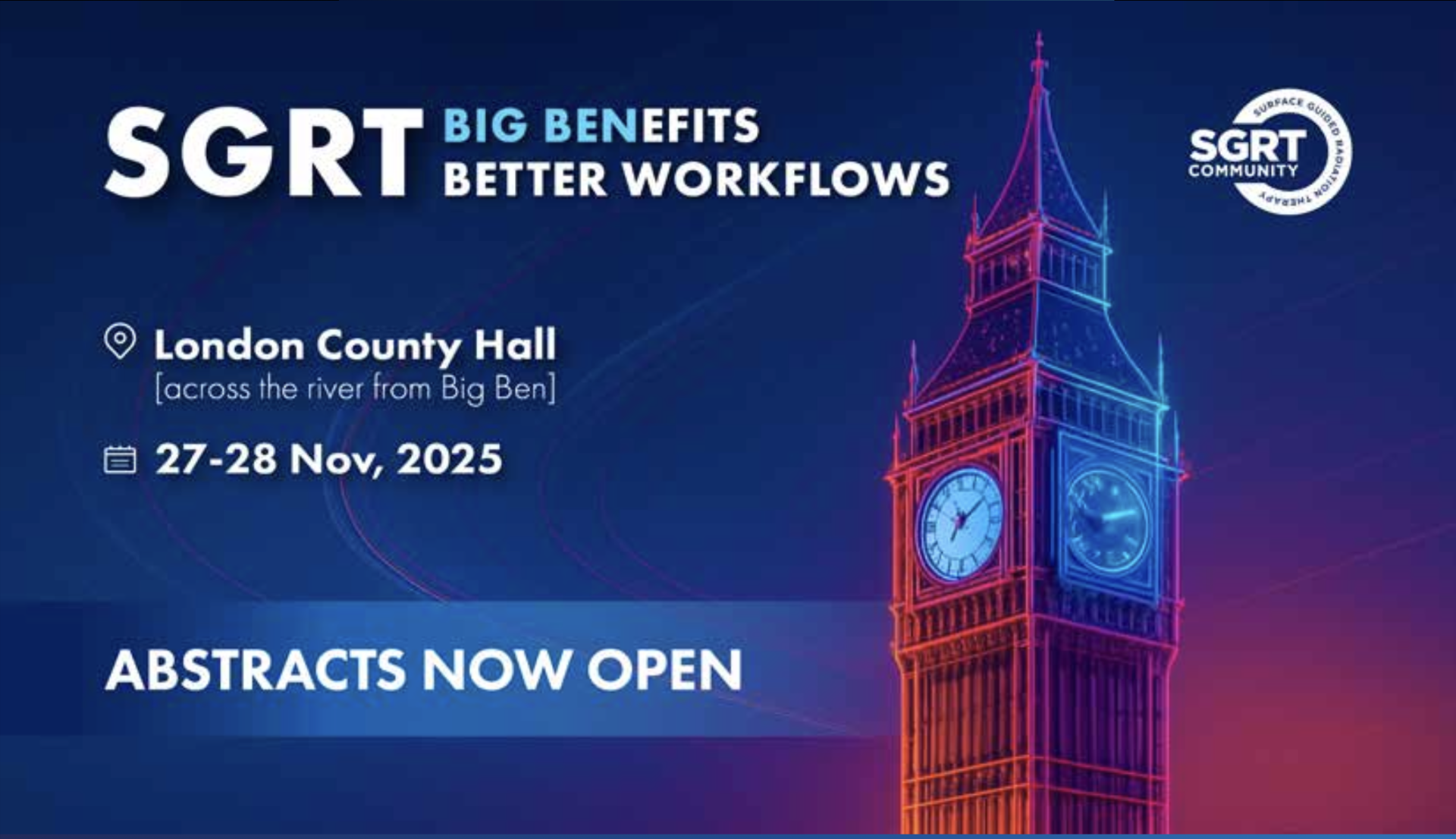
The next SGRT Community meeting will be held on November 27 – 28, 2025 in London, UK. We invite you to submit on any SGRT-related topic. Travel grants are available for successful submissions.
